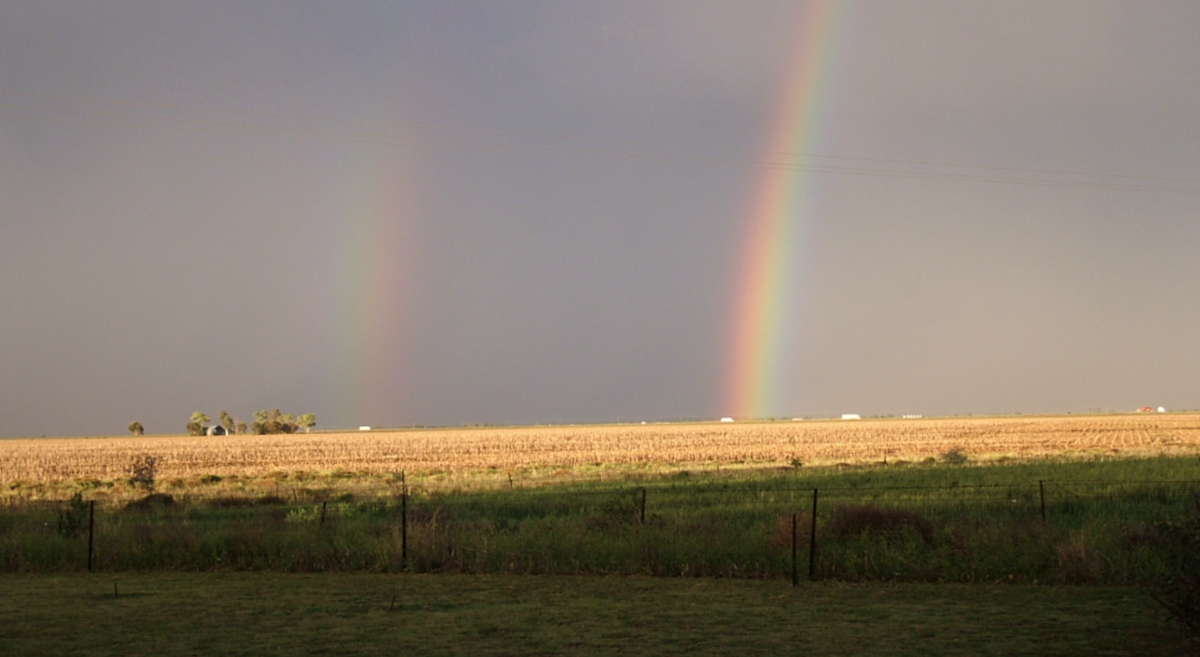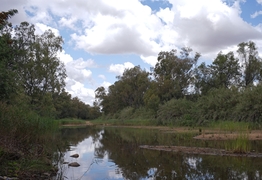Walgett tops crop outlook
Kristin Murdock
19 October 2024, 1:30 AM
 Profitable crops look to be at the end of the rainbow for Walgett (Image: Outlook Ag)
Profitable crops look to be at the end of the rainbow for Walgett (Image: Outlook Ag)For the first time, agricultural mapping company, Digital Agricultural Services have publicly released a national winter-crop growth snapshot and Walgett has come out on top.
In fact, Northern NSW local government areas account for seven of the top 10 spots for winter crop growth.
Using satellite technology and machine learning, and based on DAS’ Net Primary Productivity metric, estimates have found Walgett with a 103 per cent increase on average net primary productivity.
Long-term agronomist, Greg Rummery confirmed things are looking good in the local area. “We are looking at good crop yields around Walgett in the main, and Moree and Coonamble are looking good too.
"On average, we’re looking better than areas to the north and east of us.”
Mr Rummery said satellites digitally capture reflectance imagery from crops which helps assess growth. “We generally see two shoots a month, but you can buy stuff that would be updated effectively daily. Locally, it was pretty easy to tell from late July how the crop was going to be," he said. The north western plains were just a couple of shades higher than anywhere else in the state. Lake Cargelligo looks pretty smart, but there have been some issues with frost. While locally we haven’t escaped frost completely, we really didn't have the intensity of the frost that they had in the central west and Riverina.”
He said the Walgett region has had a good year, with soils holding a significant moisture, which buffers the loss of radiation and energy.
“Typically, in good years on heavy soils, you don't get a lot of frost damage because of that buffer.. It's a bit like a sponge. It's less prone to temperature change, whereas if you went to the south and they were having a dry year, they don't have that buffering.
"Locally wheat and chickpeas are our main crops. Wheat first and then chickpeas, and local chickpea crops are looking pretty smart. They were the crop we were concerned about with frost and though we've definitely got a bit of frost damage in them, I don't think it's significant.”


